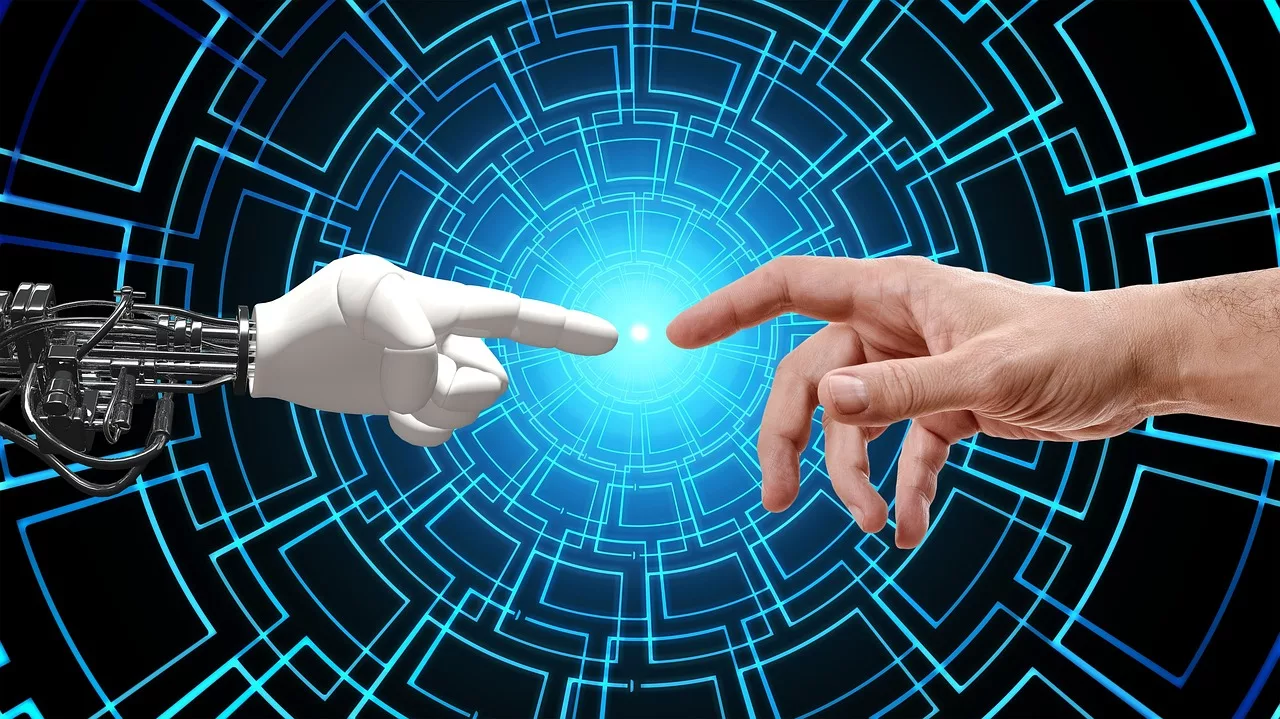OpenAI- It is an American Artificial intelligence [AI] research and deployment company that is now no.1 leading platform. OpenAI’s mission is to ensure that artificial general intelligence benefits all of humanity. We are an unofficial community. OpenAI makes ChatGPT, GPT-4, and DALL·E 3.
An AI tool is one a software application that uses artificial intelligence algorithms to perform specific tasks and solve problems. AI tools can be used in a variety of industries, from healthcare and finance to marketing and education, to automate tasks, analyze data, and improve decision-making.
OpenAI was originally focused on developing AI and machine learning tools for video games and other recreational purposes. Less than a year after its official founding on Dec. 11, 2015, it released its first AI offering: an open source toolkit for developing reinforcement learning (RI) algorithms called OpenAI Gym. Over the next two years, OpenAI focused on more general AI development and AI research.
OpenAI was created in part because of its founders’ existential concerns about the potential for catastrophe resulting from carelessness and misuse of general-purpose AI. The company has a long-term focus on fundamental advances in AI and its capabilities. The founders of the company and other investors started the company with a $1 billion endowment. In February 2018, Elon Musk left the company due to a potential conflict of interest with his work at Tesla, the automotive and clean energy company inspired by Nikola Tesla.
OpenAI has been deemed revolutionary for its notable product offerings, which include the following:
- GPT-3. This powerful language model serves as the basis for other OpenAI products. It analyzes human-generated text to learn to generate similar text on its own.
- Dall-E and Dall-E 2. These generative AI platforms can analyze text-based descriptions of images that users want them to produce and then generate those images exactly as described.
- Clip. Clip is a neural network that synthesizes visuals and the text pertaining to them to predict the best possible captions that most accurately describe those visuals. Because of its ability to learn from more than one type of data — both images and text — it can be categorized as multimodal AI.
- ChatGPT. ChatGPT is currently the most advanced AI chatbot designed for generating humanlike text and producing answers to users’ questions. Having been trained on large data sets, it can generate answers and responses the way a human would. Since its creation, updates to this tool have allowed it to communicate with users through voice conversation and images.
- Codex. Codex was trained on billions of lines of code in various programming languages to help software developers simplify coding processes. It’s founded on GPT-3 technology, but instead of generating text, it generates code.
- Whisper. Whisper is labeled as an automatic speech recognition (ASR) tool. It has been trained on a multitude of audio data in order to recognize, transcribe and translate speech in about 100 different languages, including technical language and different accents.
- ChatGPT Enterprise. Although this is similar to the consumer version of ChatGPT, the enterprise version lets users construct the training of their model. This edition also reflects on the recent incremental changes made to ChatGPT.
- Custom GPTs. GPTs are custom versions of ChatGPT that users can tailor to specific use cases without any code. Verified GPT builders can share custom GPTs in the GPT store and earn money doing so.
OpenAI has not provided extensive public commentary on future plans, but based on recent investments, democratization of AI is a clear goal of the Microsoft-OpenAI partnership, as nontechnical professionals should soon have more AI tools at their disposal that do not require AI expertise.

